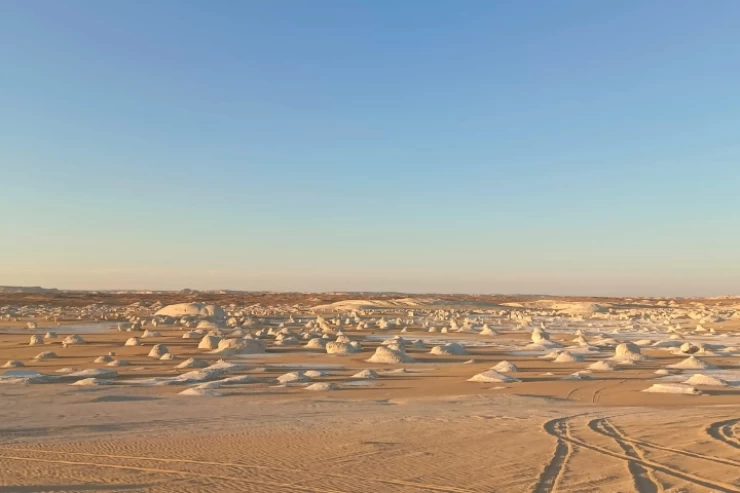
Al Fayoum
El Fayoum Oasis Egypt | Wadi El Rayan
Al Fayoum City is one of the foremost fertile oases in Egypt, settled southwest of Cairo. it's regarding ninety kilometers long and filled with natural beauty.
Fayoum Governorate has the primary proof of agriculture in Egypt, wherever you'll be able to see the foremost lovely Egyptian villages that have tours in Cairo, wherever Fayoum was the middle of the royal pyramid and also the construction of cemeteries within the twelfth family line of the center Kingdom, and once more throughout the rule of the Ptolemaic family. Bread baskets became the foremost necessary throughout the Roman era, and their name comes from (Phnom), which could be a Coptic word, or Payomj, which implies the lake wherever you'll be able to ride a little sailing boat to get pleasure from the scenic landscape. with day tours to Alfayoum and valley EL Rayan from Cairo, which was once an ocean, however, these days it's called the vale of the Pisces. within the Middle Ages, there was a flourishing town on-site, and one house of God dates from the Mamluk amount.
Fayoum Oasis and Lake Qarun Historically, Diodorus recounted ancient legends associated with Faiyum, particularly the tale of King Menes, also known as Mina, who, while on a hunting expedition near the lake, faced a near-fatal encounter with his own dogs. It was a crocodile that he managed to transport across the water to safety that ultimately saved his life. The ancient inhabitants regarded the lake as a sanctuary for crocodiles, honoring the creature that rescued the king, and subsequently established the city of "Shedit," which was known as Crocodilopolis during the Greco-Roman period. Today, visitors can explore Wadi Hitan, or the Valley of Whales, which is home to some of the most well-preserved skeletons of extinct whale species. Al Fayoum The city emerged as the focal point for the veneration of Sobek, the crocodile god, who was associated with the primordial ocean and the foundation of life in ancient mythology. Sobek maintained his status as the principal deity of the region throughout the Greco-Roman era. The Fayoum desert features the renowned Wadi Al Rayyan, a protected area that includes several lakes, including the notable Qarun Lake, which is uniquely situated within the Fayoum Oasis in Egypt. Additionally, Tunis Village in Fayoum is noteworthy. The region is dotted with monasteries where early Christians carved caves into the rocky hills and valleys. Among these is "Deir al-Azab," which dates back to the Roman period and is located in the village of Al-Azab, approximately five kilometers south of Fayoum. This site is recognized as the religious residence of Mary and the martyr Abi Sifin, and it is also known as the religious residence of St. Anba Patriarch due to the presence of his remains. The complex includes an ancient church, a modern church, a shrine dedicated to Anba Patriarch, and a repository for the church, alongside the veneration of saints such as St. Demiana, St. Starling Wonderous, St. Simon Skinner, and St. George Hustler.
The Archangel Gabriel Monastery, located in Jabal Al-Takroun, is situated sixteen kilometers southeast of Fayoum, in the heart of Etsy. Access to the monastery is typically via the village of Al-Azab. This site dates back to the early days of Christianity in Egypt, specifically the third century AD, and is also known as the Abi Khashaba Monastery. The caves utilized within the monastery were revealed during a period of Roman persecution against Christians. Monastic life commenced at this location in the fourth century, as evidenced by manuscripts containing monastic regulations sent by St. Anthony to the monks residing there. It is regarded as the only monastery in Egypt named after the archangel. The ascetic practices continued until the eighteenth century, with reports indicating that St. John the Confessor resided in the nearby caves for thirty-five years. To gain a deeper understanding of Egypt and its historical attractions, one should consider visiting to uncover the mysteries of this ancient region, facilitated by the guides of Cairo Top Tours.


















